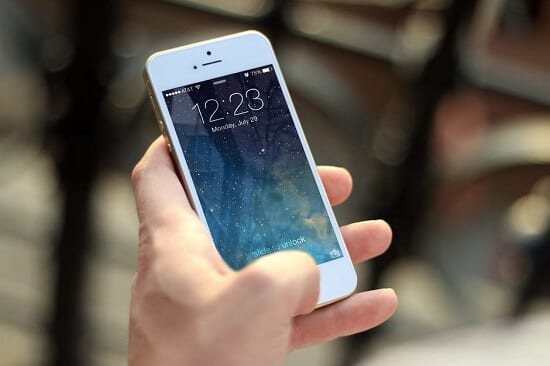Blog
The Recovery of Gold from Old Mobile Phones
Mobiles sell by their billions each year, with smart devices and feature phones proving essential for modern life. But as handsets are replaced and e-waste mounts up, the focus is turning to recycling and the recovery of gold and other salvageable items from old mobile phones.


Phones as a gold mine
Even with the first dip in sales reported in the final three months of 2017, mobiles remain a hot property on the global market. What unifies every device, no matter its feature set or price, is a reliance on electronic circuitry and, by association, various precious materials.
Find out how to maximise profits when selling your gold coins. Download FREE here
Gold is present in fairly small amounts within almost every mobile that has ever been manufactured. An iPhone, for example, contains about 0.034g of gold. When you consider that in the UK alone the average consumer discards up to 25kg of electronic waste annually, it’s clear to see how quickly this waste can accumulate.
Other treasures exist…
Gold is not the only valuable substance found within phones. Collectively it is theoretically possible to recover 34kg of gold from a million mobiles, along with a hefty 350kg of silver and a full 16 tonnes of copper. Since there is a limited amount of gold in the world, such a resource shouldn’t be ignored.
The e-waste issue
The problem with all that gold being locked up in old phones starts when you look at upgrade trends and recycling rates.
Most people replace their phone once every two years, although this varies in different parts of the world. This is good for manufacturers in terms of sales, but bad for the environment because the illegal dumping of e-waste is rife, with levels as high as 90 per cent by some estimates.
This equates to up to 300 tonnes of gold being lost annually, which is something that needs to be addressed through education of consumers.


The gold recovery conundrum
The next issue that has to be overcome is that once old phones have been collected, it’s necessary to go about extracting their precious metals as efficiently and affordably as possible.
Older strategies have been criticised for their use of toxic substances, including cyanide, creating additional complications in terms of the environmental impact.
But methods are changing for the better….
The good news is that techniques are improving, new chemical processes are being developed and recovery efforts are being streamlined and rolled out in many countries. Research carried out at Edinburgh University has been important in this respect and might even impact the price of gold in the future.
Some countries are taking a more proactive approach to this than others. In Japan, the medals for the 2020 Olympic Games will be made from gold recovered from old phones. This raises awareness about the issue in a way that makes it easy for the public to connect with. Furthermore as gold is a more stable investment prospect than newer alternatives, there are yet more motivations to boost recovery efforts.
Get in touch with our experts for incisive advice on gold
Looking to learn more about gold and its uses? You can talk to the specialists at Physical Gold to get the lowdown on how this precious metal remains hugely influential around the world. Speak to us by calling 020 7060 9992 or contacting us online for more information.
Image Credit: Pixabay


